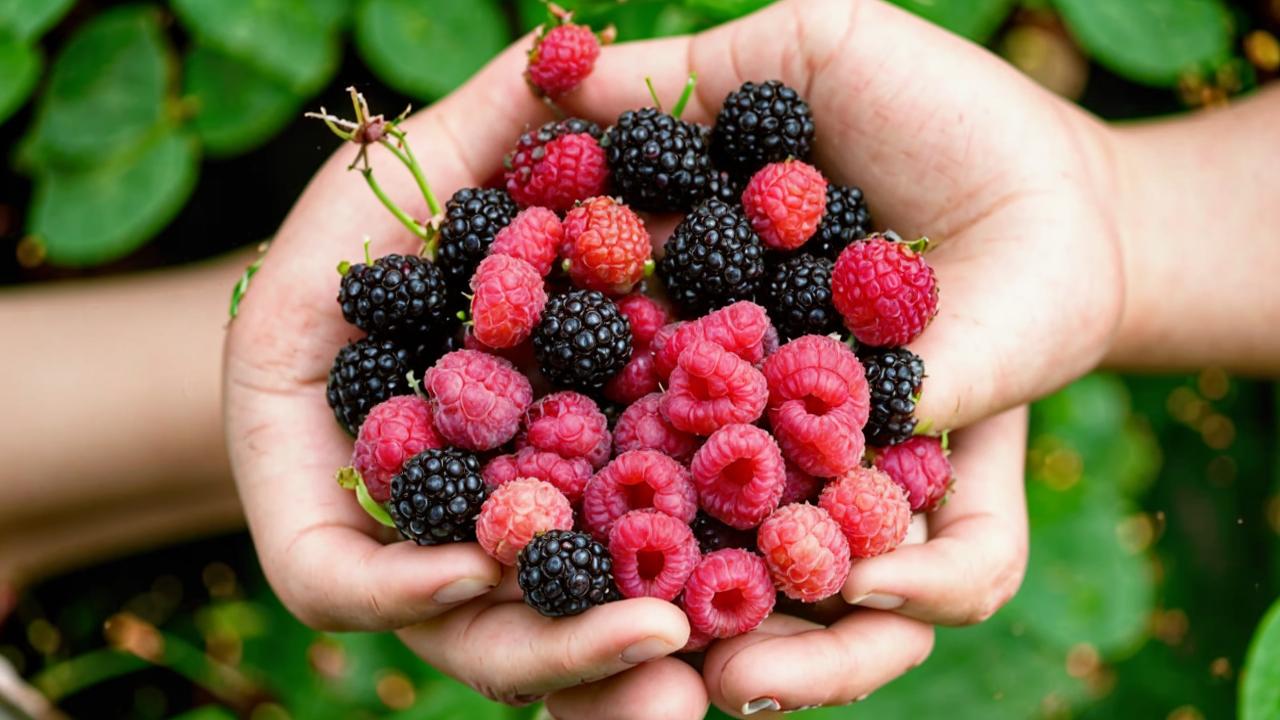
Voorzitter van de Vereniging van Voedingsdeskundigen en Gezondheidscoaches (ANCH)
What sweet foods help lower blood sugar levels?
Insulin is responsible for lowering blood sugar levels. It is produced by the pancreas in response to food entering the body. The more fast carbohydrates in the food, the more insulin is produced. It “carries” glucose to the cells to provide the body with energy.
Insulin is produced for any amount of food – if you are constantly snacking, its levels remain high. This contributes to the development of insulin resistance.
Insulin resistance leads to:
- the development of diabetes mellitus;
- abdominal obesity;
- hart- en vaatziekten;
- decreased visual acuity – high sugar levels damage the blood vessels of the eyes;
- increased risk of neoplasms;
- hormonal disorders – it provokes the adrenal glands and ovaries to produce more androgens (male sex hormones);
- deterioration of skin quality, acne, hair loss – skin is sensitive to increased androgens;
- memory problems, etc.
Insulin resistance occurs due to dietary errors, frequent snacking and large amounts of high glycemic index foods.
The glycemic index (GI) is a coefficient that reflects the rate at which an ingested food raises blood sugar levels.
The sweet foods that lower blood sugar levels are
Pumpkin (GI 75). Despite its high glycemic index, there are many studies that prove the effectiveness of pumpkin in lowering blood sugar levels. This is achieved due to the fiber in the composition.
Raw yams (GI 55). A useful alternative to regular potatoes, it contains carotenoids with antioxidant properties. Fiber gives a long-lasting feeling of satiety and regulates blood glucose levels.
Coconut Urbech (GI 45). A useful product, a source of fats needed to balance blood glucose.
Almond yogurt (GI 35). A source of beneficial bacteria for a healthy microbiota that regulates metabolism. Can be used as salad dressings.
Raw carrots (GI 35). Contains carotenoids and antioxidant vitamins (C, E, K). It is a source of fiber.
Pomegranate (GI 35). Rich source of magnesium, iron, B vitamins, C, K, supporting carbohydrate metabolism.
Raw beets (30). Lowers blood pressure, stimulates bile production and prevents constipation. Betaine in beets protects the liver and has antioxidant properties.
Macadamia nut (GI 15). Lowers HDL (“bad” cholesterol), anti-stress product, high in zinc and magnesium to balance blood glucose levels.
Berries:
- blueberries (GI 42);
- blueberries (GI 40);
- raspberries (GI 30);
- blackberries (GI 25);
- strawberries (GI 25);
- black currants (GI 15).
Berries are a rich source of bioflavonoids with antioxidant, anti-inflammatory effects. A diet rich in flavonoids protects neurons and enhances their regeneration (repair).

Fruits:
- apples (GI 30-40);
- oranges (GI 35);
- pears (GI 34);
- peaches (GI 30);
- plums (GI 22);
- apricots (GI 20).
Fruit juices will have a high glycemic index, due to being devoid of fiber (it slows glucose absorption).
Don’t overuse fruit juices. They contain fructose, which in large quantities increases the burden on the liver. A safe amount of fruit is two to three a day along with sources of fats – nuts, seeds, urbech.
How to maintain normal blood sugar levels
- Adhere to complete meals three times a day with adequate intervals.
- Add to the diet products that reduce blood sugar levels, monitor the rate of fiber intake (optimal – 30 g per day).
- Check carbohydrate metabolism to control insulin resistance – once every 6-12 months.
- Monitor sleep patterns.
- Include 30 minutes of uninterrupted physical activity in each day – moderate exercise (40% strength) reduces cortisol levels and increases cell sensitivity to insulin.





